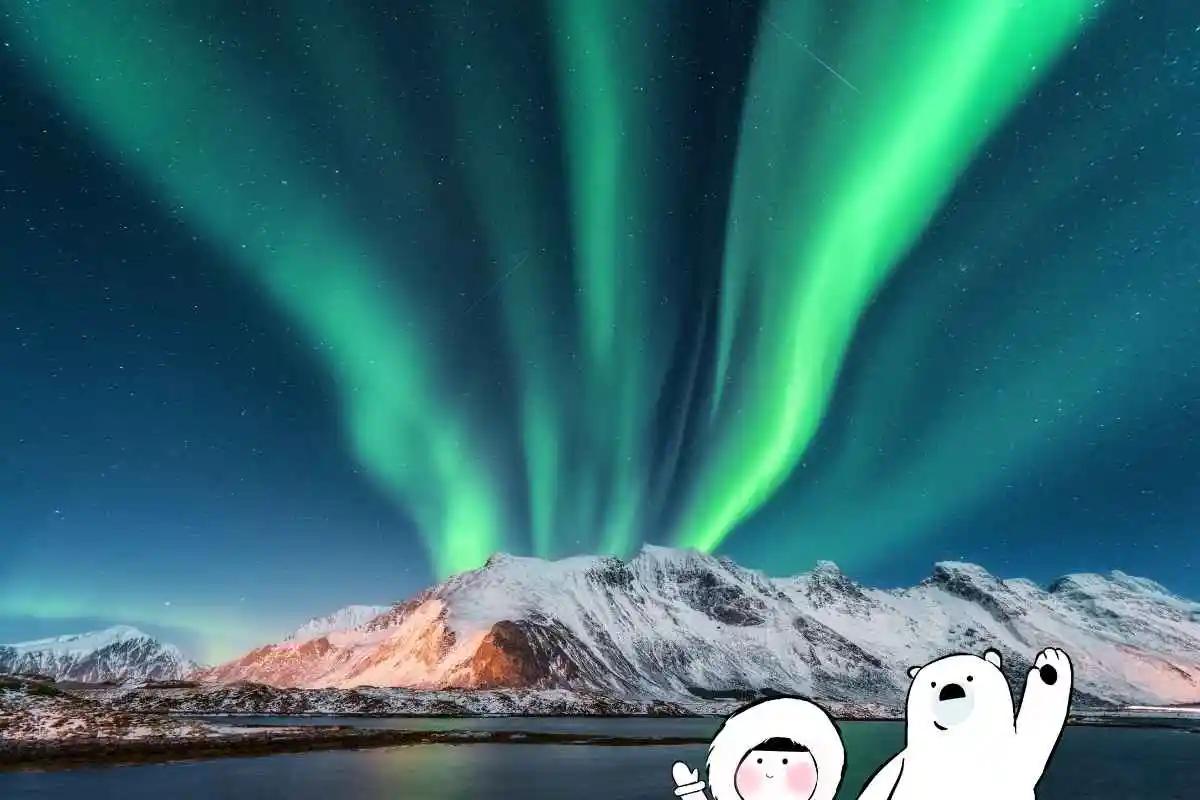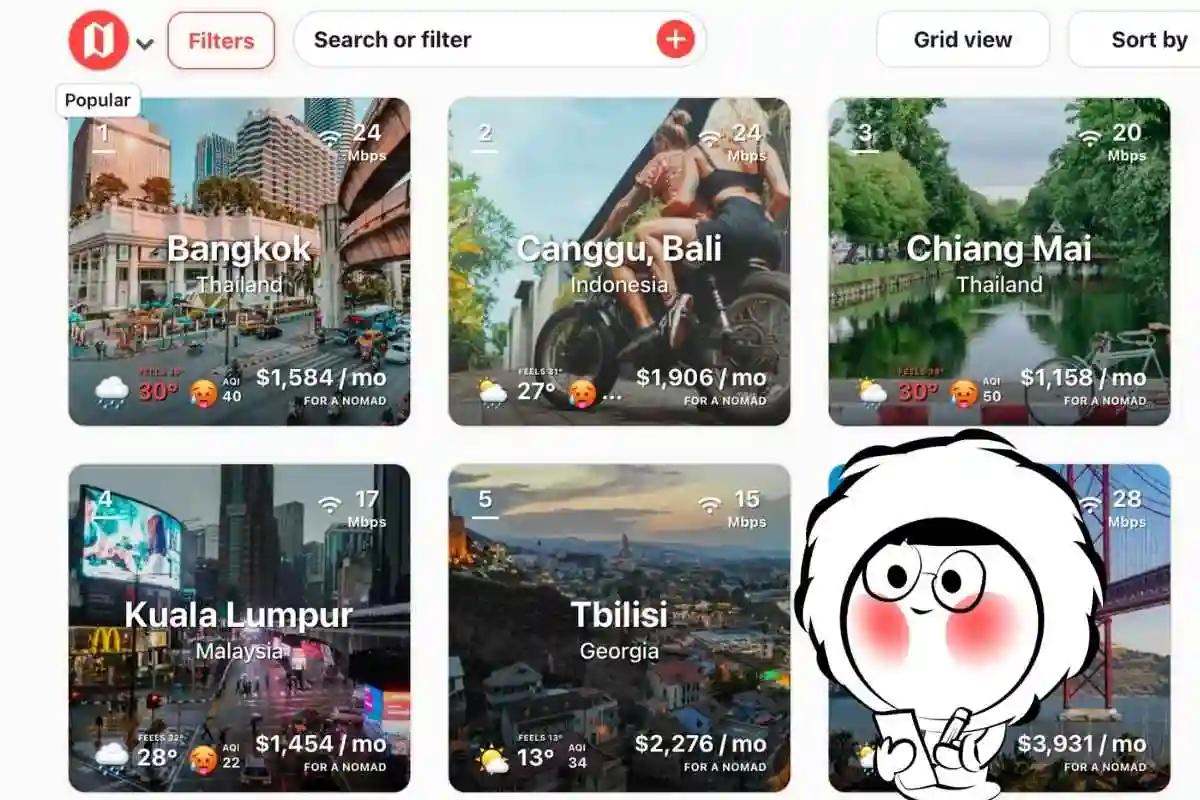
Seeing the northern lights (aurora borealis) is one of the most magical travel experiences, but it takes a bit of planning and luck. Here’s a guide for you:
1. Best Places to See the Northern Lights
Norway (Tromsø, Lofoten Islands, Alta)
Auroras in Norway often appear as bright, fast-moving green curtains that dance across coastal skies, beautifully reflecting over fjords and snowy peaks.
Iceland (Reykjavik outskirts, Thingvellir National Park, Vik)
In Iceland, auroras feel dramatic as they glow above volcanic landscapes, glaciers, and black sand beaches, often creating surreal reflections on ice and water.
Sweden (Abisko National Park)
Sweden is known for steady, vivid auroras with occasional purple and pink hues, often visible under clear, dry skies thanks to its unique microclimate.
Finland (Lapland – Rovaniemi, Kakslauttanen)
Auroras in Finland are gentle and magical, stretching across snowy forests and frozen lakes, creating a peaceful glow often viewed from cozy glass igloos.
Canada (Yukon, Northwest Territories, Churchill)
Canada’s vast wilderness makes auroras appear wide and powerful, often stretching across the entire horizon with strong green and red tones.
Alaska, USA (Fairbanks, Denali)
In Alaska, auroras are bright, colorful, and intense, frequently covering the sky in swirling displays against mountain and tundra backdrops.
2. Best Time to Go
- September to March (long nights in the Arctic Circle)
- Peak viewing months: December–February (darkest skies, coldest weather)
3. Conditions You Need
- Dark skies (avoid city lights)
- Clear weather (clouds block the aurora)
- Solar activity: The aurora depends on the Sun’s activity. You can check aurora forecasts (apps or websites like “Aurora Forecast” or “SpaceWeatherLive”).
4. Tips for the Best Chance
- Stay at least 3–5 nights in a northern location (chances improve).
- Be patient: the aurora can appear anytime between 9 PM–2 AM.
- Dress warmly (temperatures can drop below –20°C).
- Consider joining a Northern Lights tour, guides know the best spots and track weather.
5. Photography Tips
- Use a tripod.
- Camera settings: Wide aperture (f/2.8), ISO 1600–3200, 5–20s exposure.
- Use a wide-angle lens.
- Turn off flash and autofocus.
Aurora Nights Made Easy with Eskimo eSIM
While you spend hours waiting for the aurora at night, you can stay online with Eskimo eSIM because Eskimo connects in the countries listed above. Eskimo gives you these benefits:
• 2 years data validity which is longer than other eSIMs
• Data rollover which makes Eskimo the only eSIM that lets you roll over unused data
• Use as a hotspot for your friends and family while waiting for the aurora
• Share your unique code to earn free global data
FAQs
Can you see the northern lights with the naked eye, or only with a camera?
You can see them with your eyes! Cameras sometimes capture brighter colors, but the aurora is visible to the naked eye as glowing, shifting lights in the sky.
Do the northern lights make any sound?
Rarely, yes. Some people report faint crackling or rustling sounds during strong auroras, but it’s very uncommon and not fully understood.
Can you see the northern lights in summer?
In Arctic regions, summer has 24-hour daylight (Midnight Sun), making auroras invisible. You need dark skies so winter is best.
Is there a southern version of the northern lights?
Yes! It’s called the aurora australis (southern lights), visible in Antarctica, southern New Zealand, and Tasmania.
How long does an aurora usually last once it appears?
Displays can last from just a few minutes to several hours, often shifting in brightness, shape, and color as the solar activity changes.
















